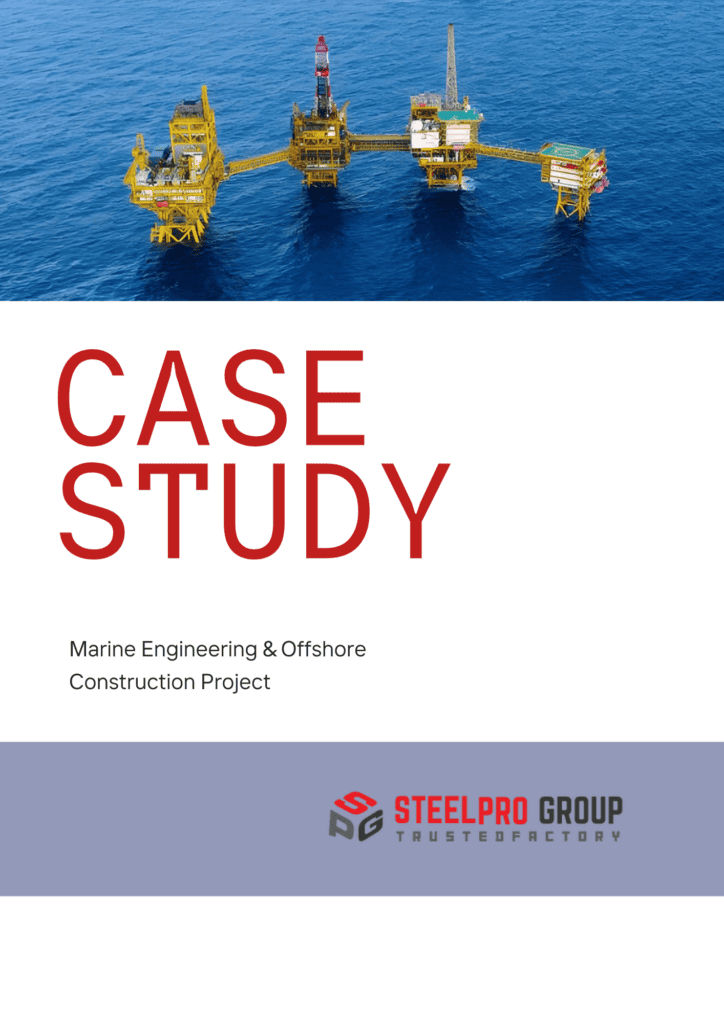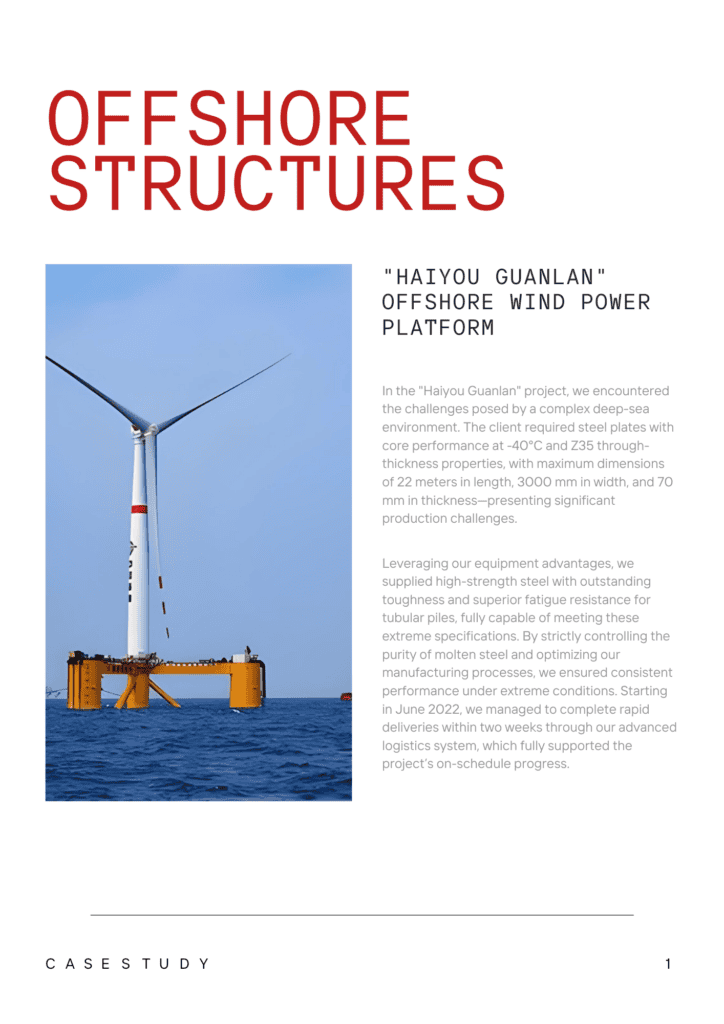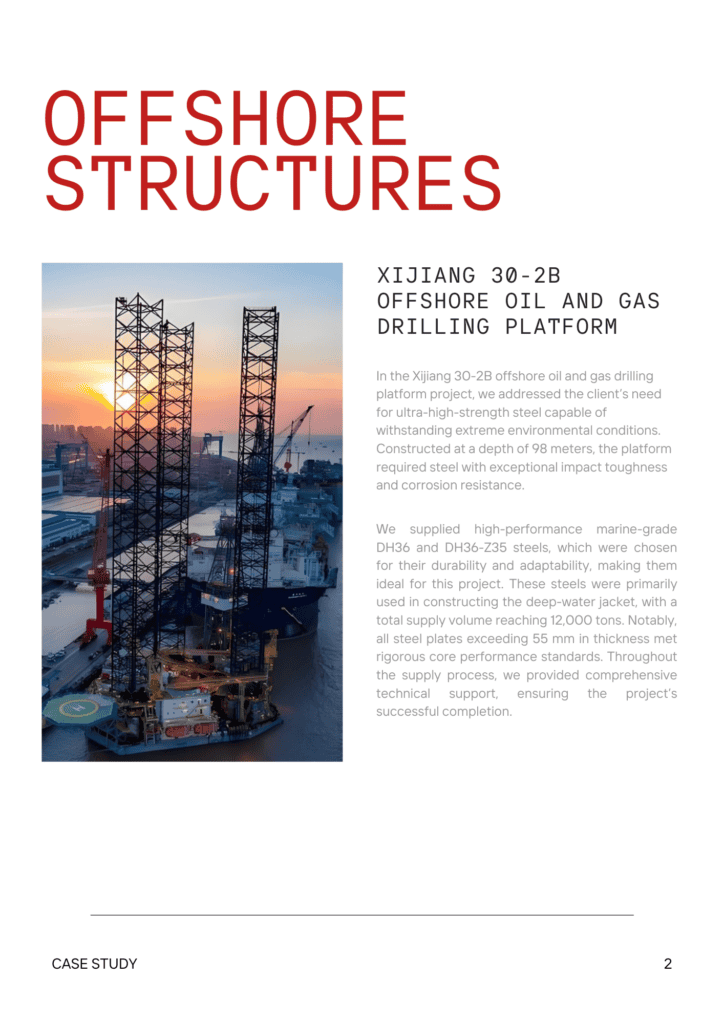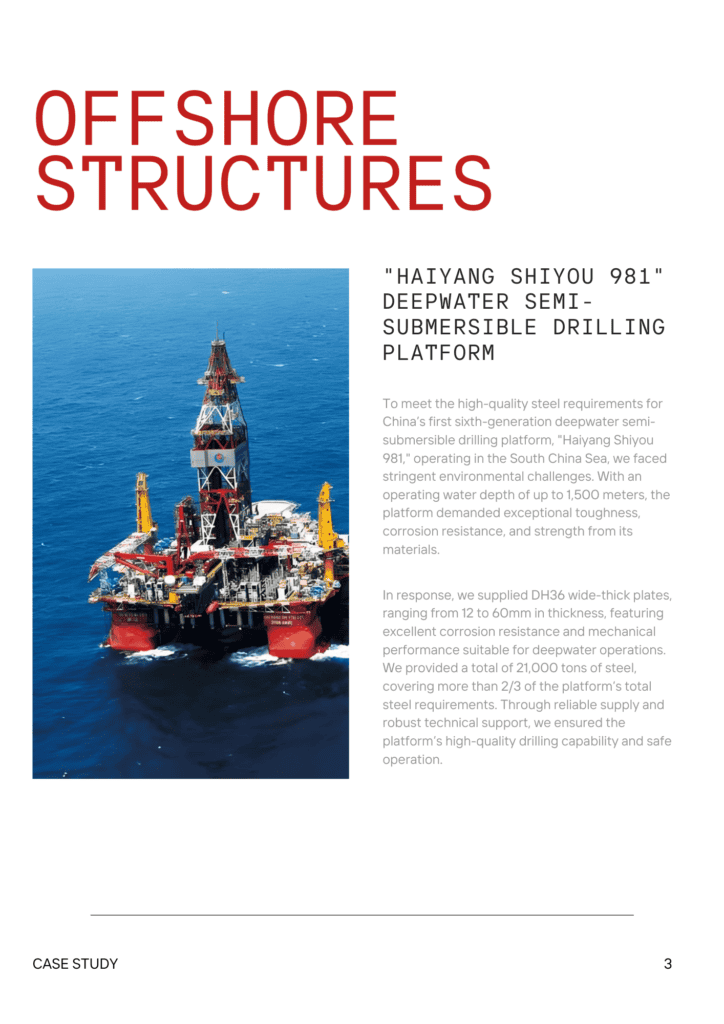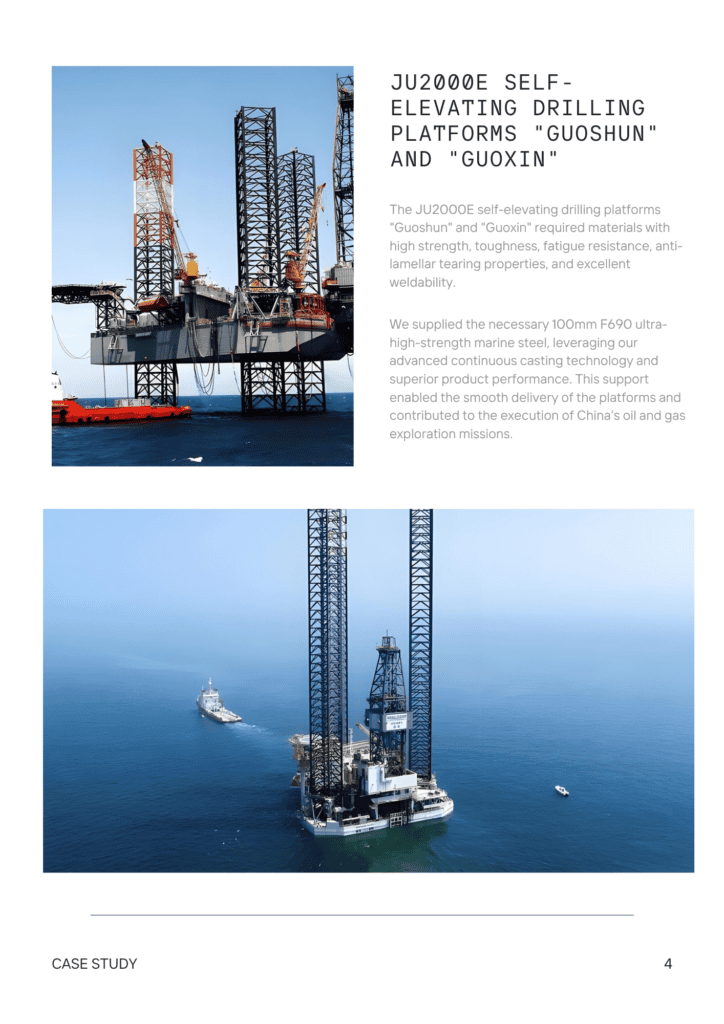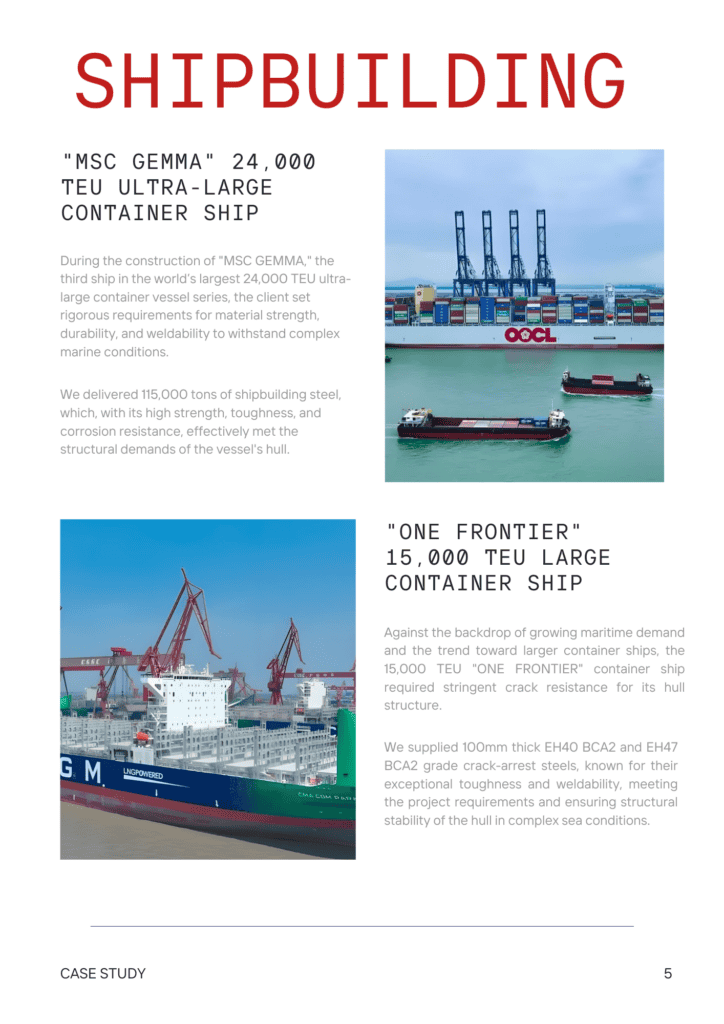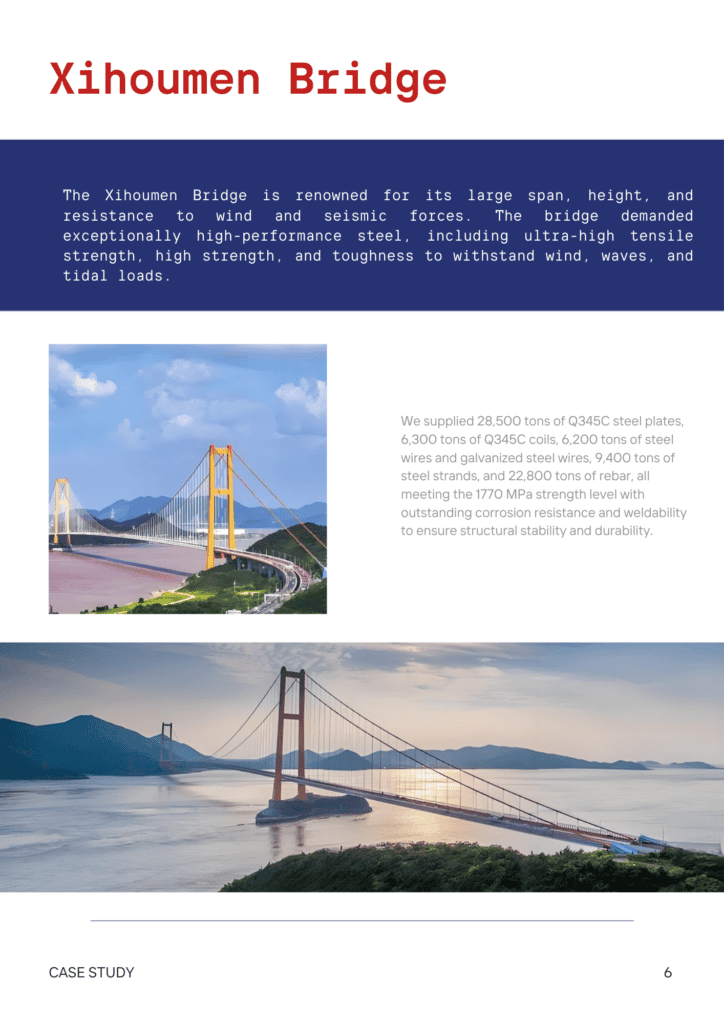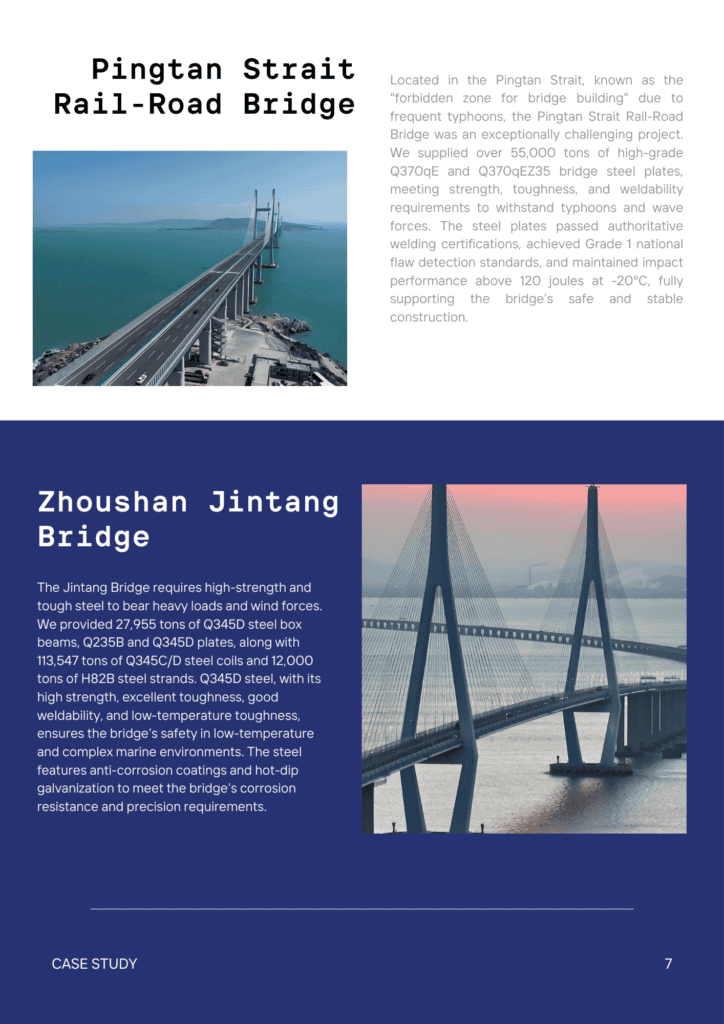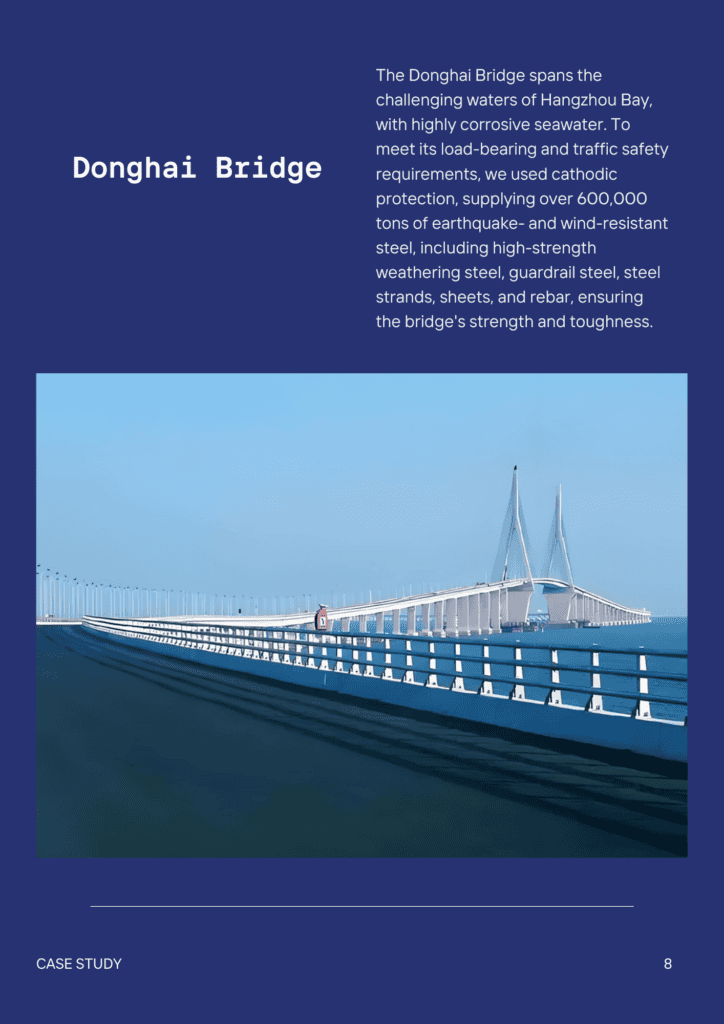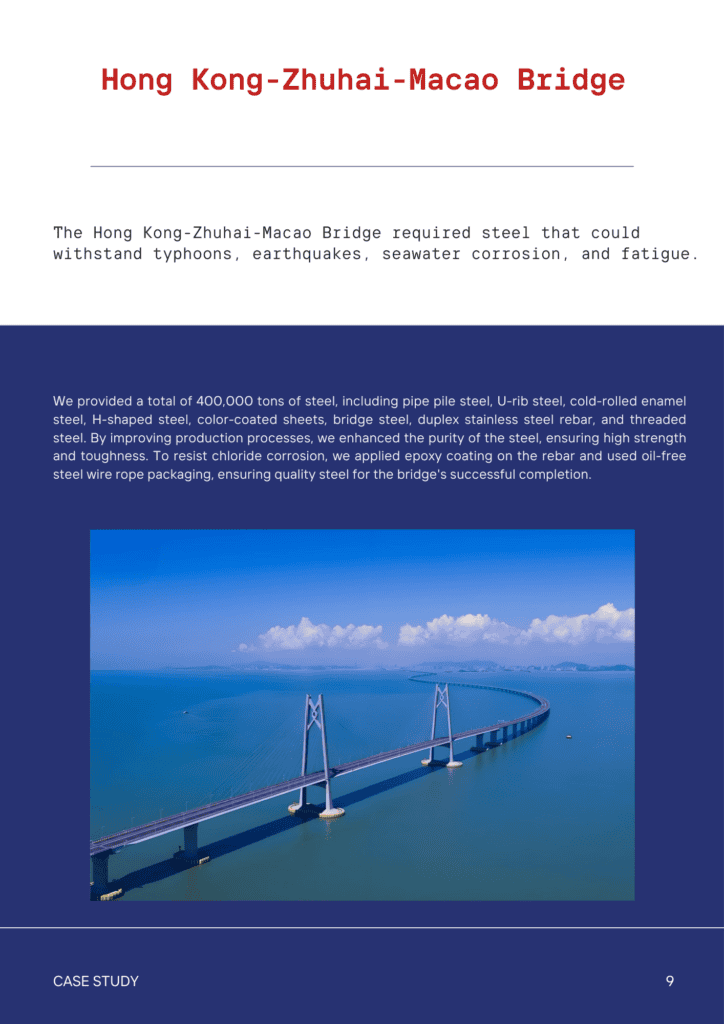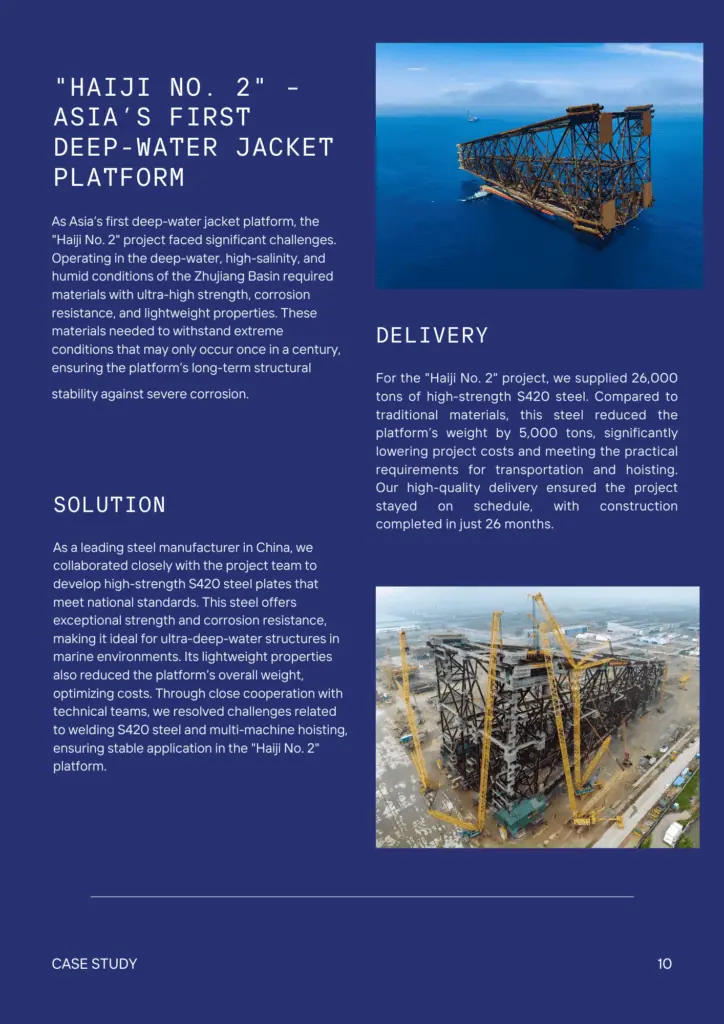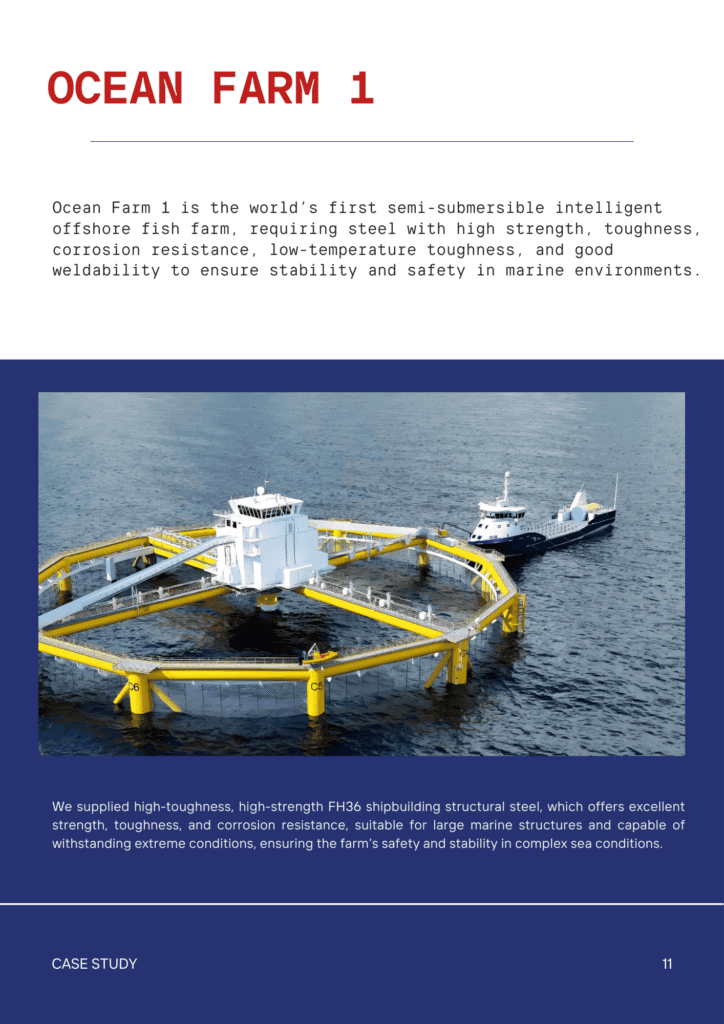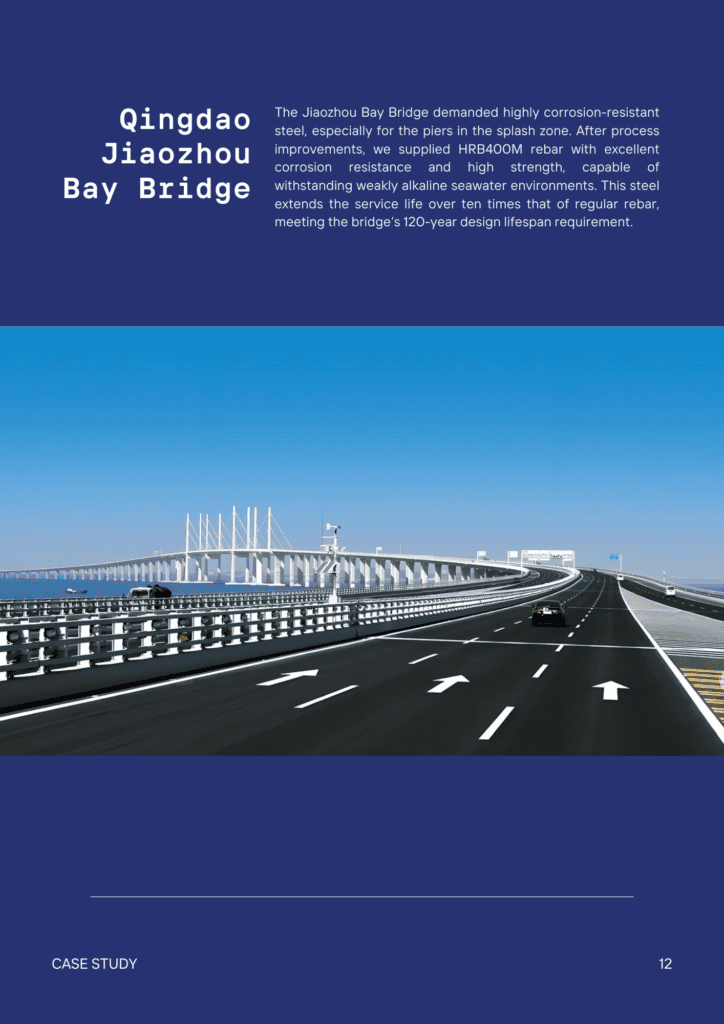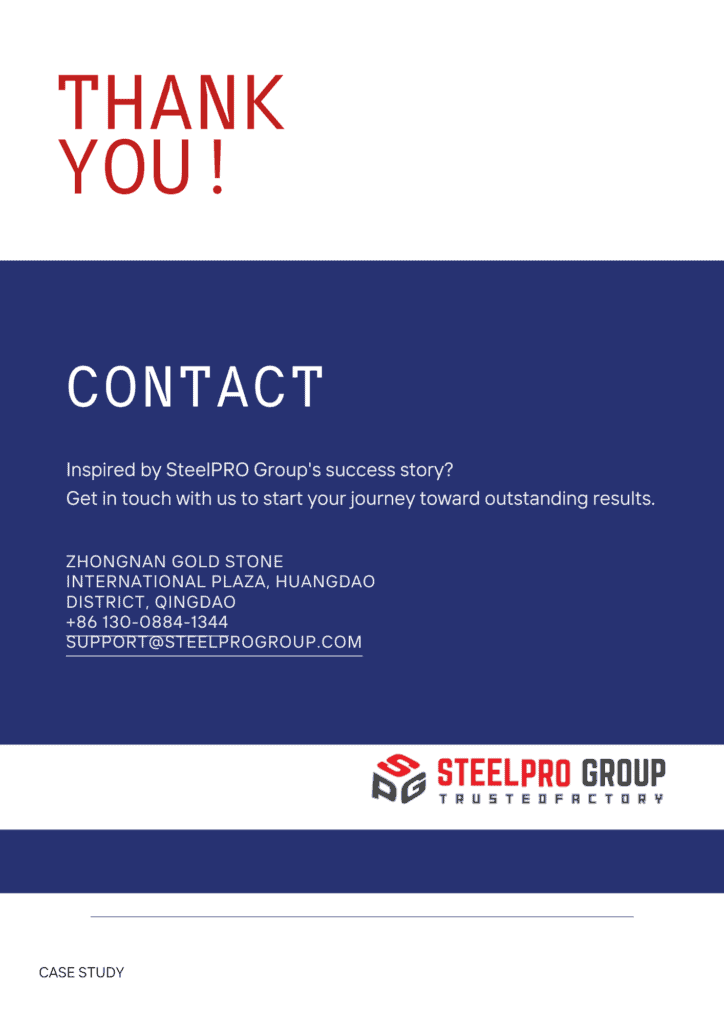Casting
SteelPRO Group offers a wide range of steel casting solutions, providing precise and cost-effective results for various materials and production needs, from small batches to large-scale projects.
Characteristics of the Casting Process
- Complex Shapes with High Accuracy: Casting allows for the production of intricate shapes with tight tolerances and consistent results.
- Versatile Material Options: Supports a wide range of steel types, including alloy, carbon, and stainless steel.
- Cost-Effective for Large Parts: Ideal for producing large, heavy components efficiently and at a lower cost.
- Minimal Waste & Recyclability: Generates little waste, with excess material often recycled.
- High-Temperature Capability: Suitable for high-melting-point metals, making it ideal for high-temperature and corrosion-resistant applications.
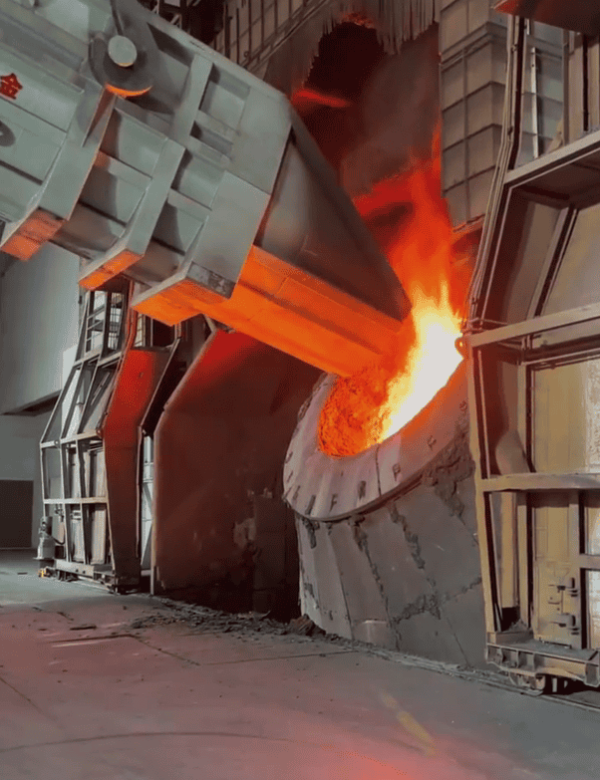
Casting Process Types
- Sand Casting: Uses a sand mold to form the shape of the part. It is flexible, cost-effective, and suitable for large parts.
- Metal Casting: Involves pouring molten steel into a metal mold, offering better surface finish and dimensional accuracy compared to sand casting.
- Investment Casting (Lost Wax Casting): Uses a wax pattern coated with ceramic, which is melted away. It produces complex shapes with high precision.
- Die Casting: Molten metal is injected into a steel mold under high pressure, creating high-precision parts with excellent surface finishes.
- Centrifugal Casting: Molten metal is poured into a rotating mold, forcing it outward. This method is ideal for cylindrical or tubular parts.
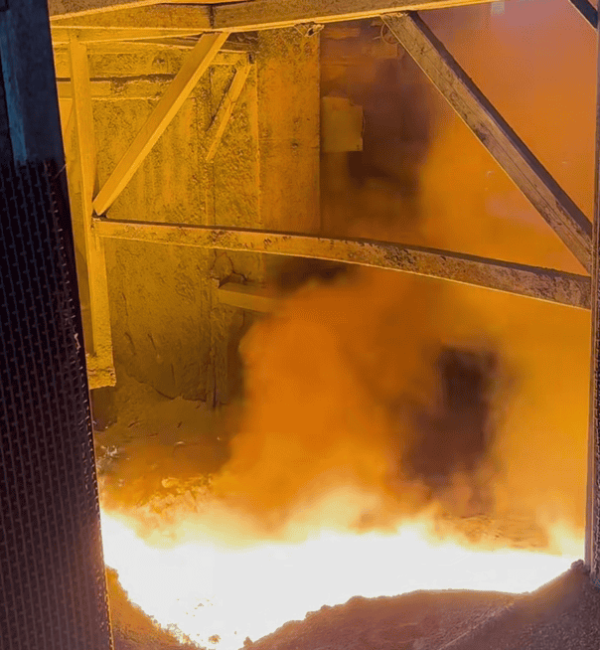
Types of Steel Castings and Applications
- Corrosion Resistant Castings: Used in environments exposed to chemicals or moisture, such as pumps, valves, and marine equipment.
- Heat Resistant Castings: Designed for high-temperature environments like furnaces, gas turbines, and exhaust systems.
- Precision Castings: Ideal for parts requiring high accuracy and detail, often used in aerospace, medical devices, and intricate machinery components.
- Structural Castings: Used in large load-bearing structures such as bridges, construction equipment, and heavy machinery frames.
- Wear-Resistant Castings: Made for high-abrasion environments, commonly used in mining, cement plants, and material handling equipment.
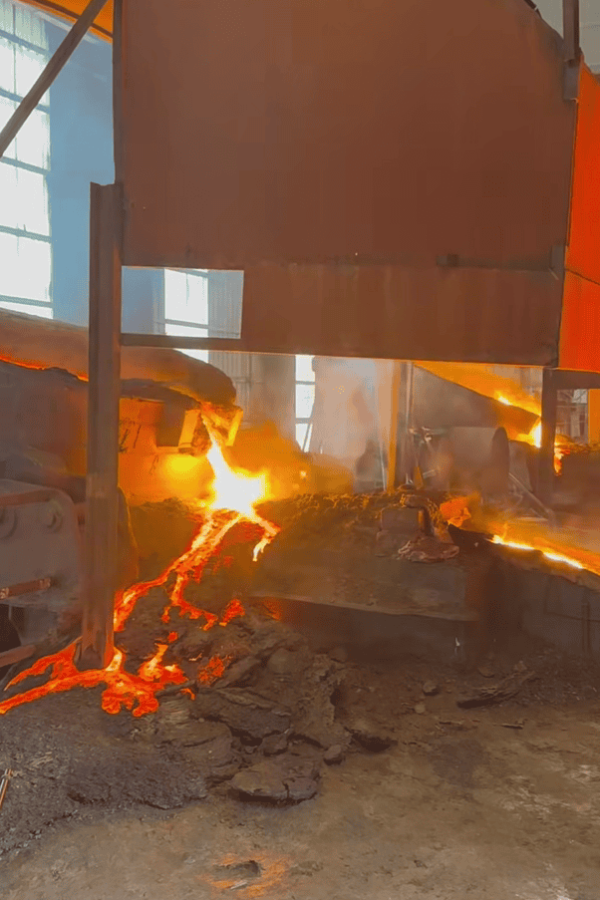

ASTM A297-1981 – Stainless Steel Castings
The following data are general values and cannot be used as a reference for other companies’ values.
| Grade | Nominal Alloy Composition (%wt) | Tensile Strength, Minimum (ksi/MPa) | Yield Strength to 0.2%, Minimum (ksi/MPa) | Elongation, Minimum from 2 in, 51 mm (%) |
|---|---|---|---|---|
| HH | 25 Cr, 12 Ni | 65 ksi / 450 MPa | 30 ksi / 205 MPa | 20% |
| HT | 25 Cr, 35 Ni | 70 ksi / 485 MPa | 35 ksi / 240 MPa | 20% |
| HU | 20 Cr, 25 Ni | 60 ksi / 415 MPa | 25 ksi / 170 MPa | 25% |
| HW | 20 Cr, 30 Ni | 65 ksi / 450 MPa | 30 ksi / 205 MPa | 20% |
| HX | 30 Cr, 20 Ni | 75 ksi / 515 MPa | 35 ksi / 240 MPa | 20% |
ASTM A743-1981a – Stainless Steel Castings
The following data are general values and cannot be used as a reference for other companies’ values.
| Grade | Nominal Alloy Composition (%wt) | Tensile Strength, Minimum (ksi/MPa) | Yield Strength to 0.2%, Minimum (ksi/MPa) | Elongation, Minimum from 2 in, 51 mm (%) |
|---|---|---|---|---|
| CF-8 | 19 Cr, 9 Ni | 70 ksi / 485 MPa | 30 ksi / 205 MPa | 30% |
| CF-3 | 19 Cr, 9 Ni | 70 ksi / 485 MPa | 30 ksi / 205 MPa | 35% |
| CF-8M | 19 Cr, 10 Ni, Mo | 70 ksi / 485 MPa | 30 ksi / 205 MPa | 30% |
| CF-16 | 19 Cr, 9 Ni, free machining | 70 ksi / 485 MPa | 30 ksi / 205 MPa | 25% |
| CF-20 | 19 Cr, 9 Ni | 70 ksi / 485 MPa | 30 ksi / 205 MPa | 30% |
Why Choose Us:
- Material Selection
We offer various materials, including cast steel, cast iron, and non-ferrous metals, tailored to your casting needs. - Production Flexibility
From small batches with investment casting to large-scale die casting, we efficiently adapt to your quantity requirements. - Precision Tolerances
Our processes ensure different tolerance levels to meet your exact dimensional needs for high accuracy. - Cost Efficiency
We evaluate costs across casting methods to deliver cost-effective solutions, balancing mold costs, production time, and unit costs.
These points ensure that you get the best value, tailored solutions, and timely delivery for your casting needs.
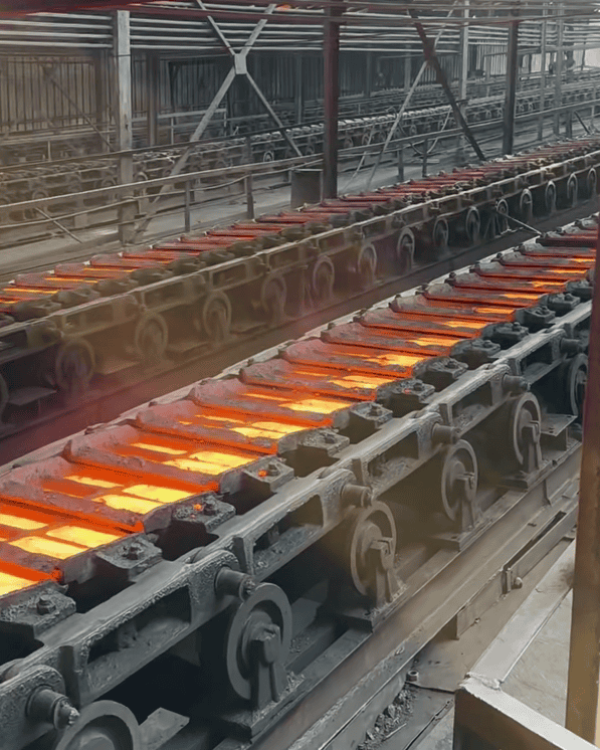
FAQ
What is casting steel used for?
Casting steel is used for making complex parts like gears, frames, and machine components in various industries.
How do you cast steel?
Steel is cast by melting it, pouring it into a mold, and allowing it to solidify into the desired shape.
What is the difference between cast steel and steel?
Cast steel is a specific form of steel that has been melted and poured into molds, while steel can refer to any iron alloy.
Which metal cannot be cast?
Metals like titanium and some high-melting-point alloys are difficult to cast due to their properties.
Why is cast steel difficult to weld?
Cast steel can have varying compositions and microstructures, making it prone to cracking during welding.
Will a magnet stick to cast steel?
Yes, cast steel is typically ferromagnetic, so a magnet will stick to it.
How do you ensure casting accuracy?
We use precise molds and advanced casting techniques to achieve tight tolerances and consistent results.
What is the lead time for casting projects?
Lead time varies by project size and complexity, but we aim to deliver on schedule.


